Q&A: A Homeowner’s Take on Owning a Prefab Home
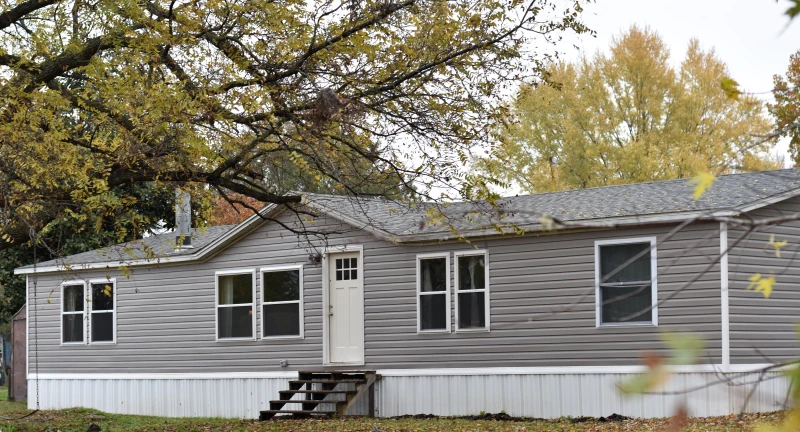
Location and price were just two things the Blankenships considered when deciding to buy their prefab home – check out what really made them decide which home was the best option for their family to buy and remodel!
*This is a post sponsored by Clayton and written by Sarah Blankenship from Rocky Hedge Farm.
Do you ever wish you could interview a homeowner about their home before you buy one? What do they truly think about the bones of their home? What room do they think has the most character?
Well, we teamed up with Sarah Blankenship, our newest guest blogger and a Clayton Built® homeowner, to get the skinny on her home and lifestyle.
On Prefabricated Homes
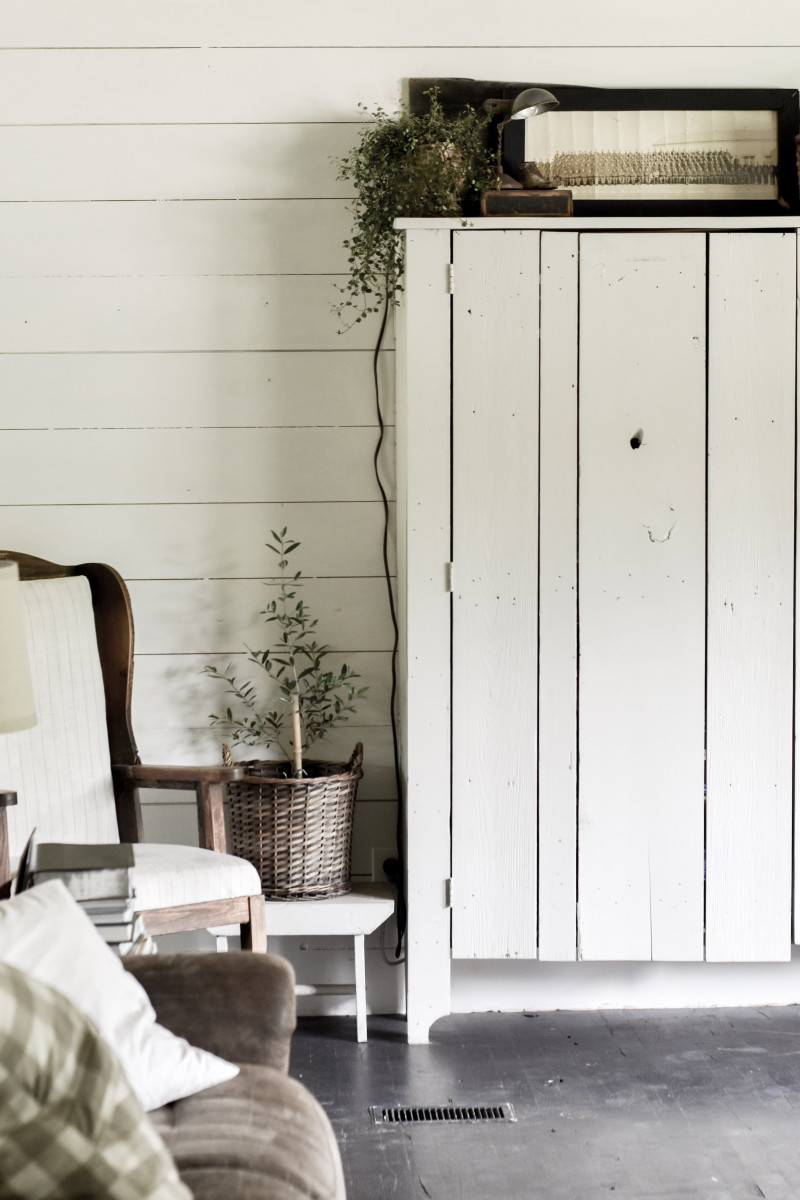
Q: What made you decide to purchase your prefab home?
Sarah: Location and price. My husband, Timothy, is the pastor of the only church in town. The church and our home share the same alleyway, meaning that we can walk to church. The price of the home was also another factor. There was nothing even close to the range of what we paid for our home. Since the home was a foreclosure sold by an independent group, I also looked forward to making the home into a style that I loved by going through the remodeling process.
Q: What made you decide the quality of the home was good? Why?
Sarah: We walked through the home multiple times and also had others look at the home. Structurally it was in good shape. There were no leaks in the roof and the floors were solid. The only work that needed to be done immediately was cosmetic work such as a lot of cleaning and paint due to neglect from the previous owners.
Q: How much did you know about prefabricated homes before you purchased yours?
Sarah: We had actually looked at purchasing a prefabricated home several years before purchasing the one we are in. We had visited several lots, walked through a variety of homes and talked to sales managers. My husband’s parents also live in a prefabricated home and so we knew how they were set up.
Q: What do you think is the biggest benefit to owning a prefab home?
Sarah: I would say that the benefit of a prefabricated home is that you can walk in and see exactly what they look like. They are already built and can be delivered and set up much faster than what it would take to build a stick built, or site built, home.
Q: What are some stigmas around manufactured homes that you have found to not be true?
Sarah: I think some of the greatest stigmas is that they aren’t safe or that they are poorly built. It all comes down to how you care for your home and that you keep up the maintenance that is required. This is true for any home though whether it is new manufactured home or a brand-new site-built home.
Q: Do you think your home is energy efficient?
Sarah: Yes, I believe it is very energy efficient. Primarily because we have had the entire exterior redone including new windows, siding, skirting and a roof. However, many new manufactured homes are built with energy efficient features and materials.
Q: What do you think is the biggest difference between newer prefab homes and older prefab homes?
Sarah: I think the biggest difference would be the increased energy efficiency and the way that they are now built with the same walls as regular stick-built homes.
On Remodeling
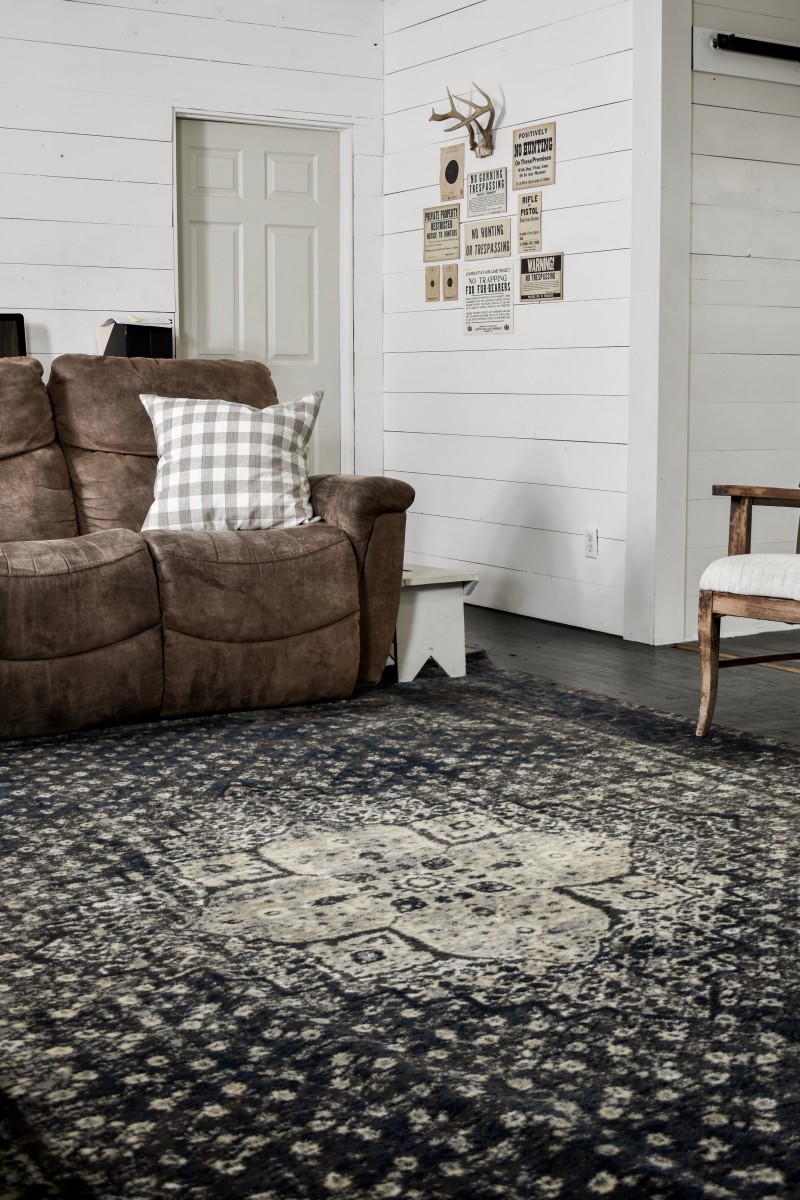
Q: How did you learn to do your own remodel work? Did you face any challenges?
Sarah: We learned to do a lot of the remodel work by watching online video tutorials. We also have friends that are contractors and they were able to give some advice. Other times, we learned by simply doing the project*.
*We recommend always seeking the advice of a licensed professional before beginning a remodel project or making any alterations to your home.
Q: What advice would you give someone who is trying to decide between remodeling a home or buying a newly built home?
Sarah: I think it would come down to deciding between the cost of the homes, the amount of work and expenses that someone would want to put into the home to make it their style.
Q: What rooms have you remodeled?
Sarah: The main living areas are the spaces that have been the most remodeled. That would include the living room and dining room. Neither of the rooms are 100% complete because they need trim, but they are close to completion.
Q: What has been your favorite do-it-yourself project and why?
Sarah: Ship-lapping the walls has been my favorite project. It’s probably one of the easier projects in our home but it’s made a huge difference in the look of our home.
Q: What are the challenges of remodeling a home? What are the benefits?
Sarah: Probably one of the biggest challenges is time. Doing it ourselves means that we have to work on a little here and there as we have the time. But, this also leads to one of the benefits because we can know that it was done correctly and how we wanted it to be done.
Q: Are there any differences in how you remodel a prefab home?
Sarah: We have done remodel work on a regular stick-built home and we haven’t treated our prefab home any differently. We do have to make some adjustments for the size of our doors and windows because those are different than what a site-built home would have, but overall it is the same process.
On Her Home & Lifestyle
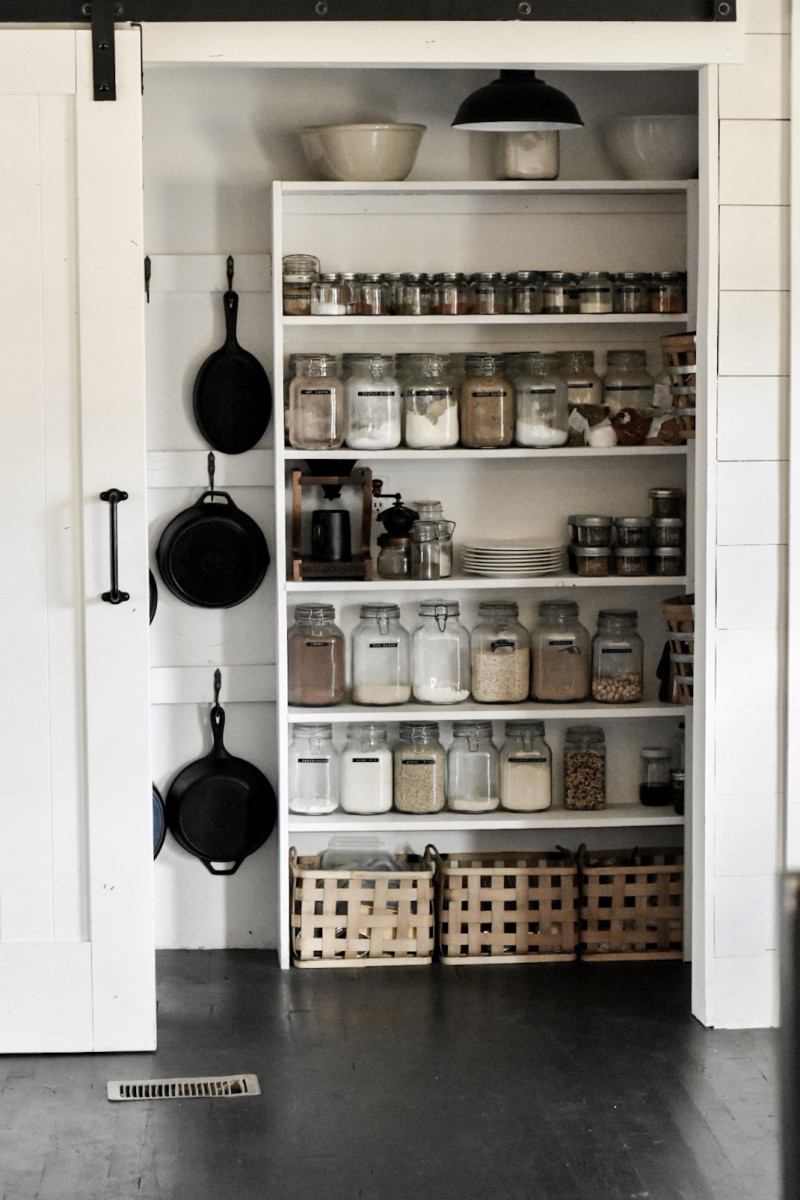
Q: What drew you to the farmhouse style?
Sarah: I found that the neutral colors were very calming, and I loved the simple style. I also love that the farmhouse style is a collected look that I can find at vintage shops.
Q: What is your favorite room of your home and why?
Sarah: Our living room is probably my favorite place in our home. Although it is relatively small, it’s the coziest room. It is also the most remodeled room in our home and where the family generally spends the majority of their time.
Q: What are some of your favorite recipes to make in your kitchen?
Sarah: In general, I love to be in the kitchen preparing healthy meals for our family. My favorite recipes would involve making loaves of bread and rolls. There is nothing quite like a fresh loaf of bread or rolls. I have also enjoyed using sourdough to make a variety of recipes.
Q: What made you decide to start a small hobby farm? What all do you grow? What are the benefits of homesteading?
Sarah: I decided to start a hobby farm in order to become more self-sufficient as well as eventually bring in some income. We currently have bees and will be able to sell the honey from them. We also have a few chickens that provide us with eggs. In our vegetable garden we grow beans, tomatoes, asparagus, onions, peppers, and this fall I will be planting garlic for the first time. The benefits of homesteading are many. It builds a great work ethic in us and our children, gives us a deeper appreciation of where our food comes from and we know that our food is organic.
Q: How do you live sustainably? Why is this important?
Sarah: I try to live sustainably but I am not 100% there. This means that I try to take my own bags to the grocery store, buy as little prepackaged items as possible, and we purchase a lot of items from antique stores or thrift shops. I think this is important because we live in such a “throw away” society. I believe that being more conscious of our purchases helps us to be aware of the amount of trash that we contribute to the earth. Just because we throw something away, doesn’t mean it’s gone forever.
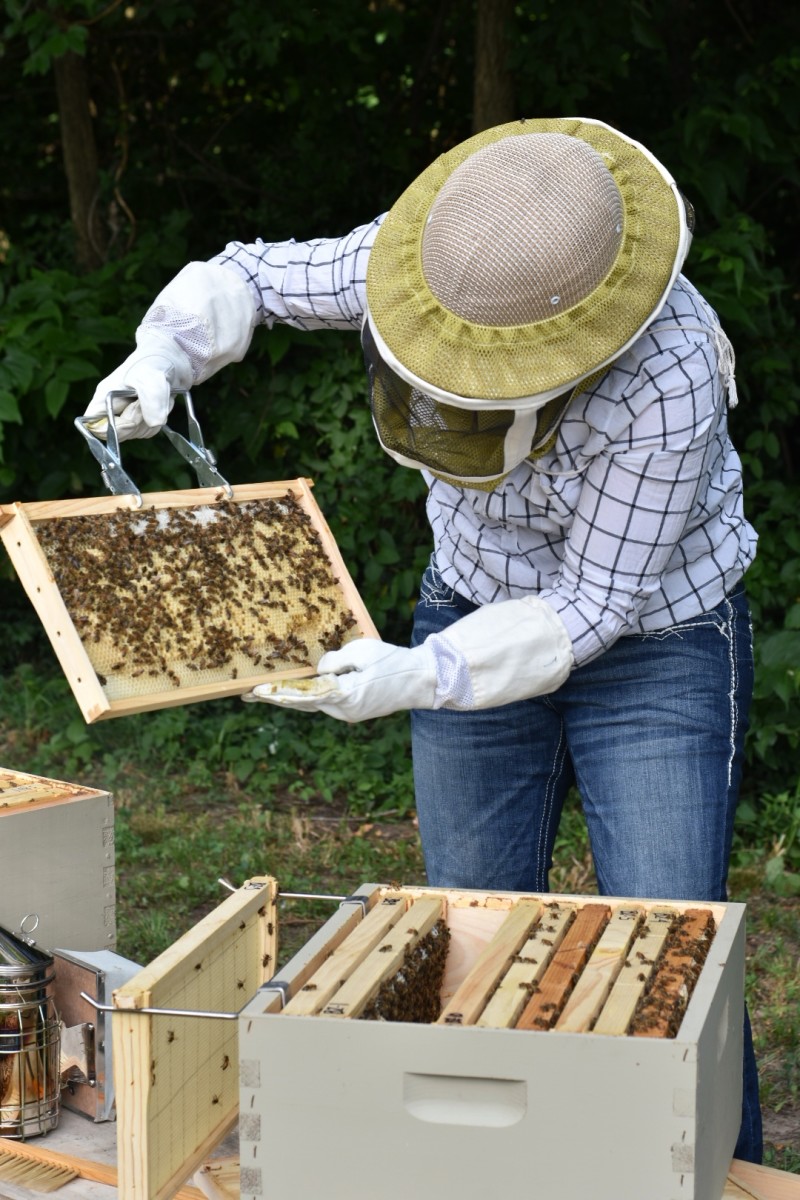
You can stay up to date on Sarah’s projects and learn more about her home and lifestyle here on Clayton Studio!
Are you ready to find your dream home?
Start shopping now or find a home center in your area to learn more about Clayton Built® home options.By entering your email address, you agree to receive marketing emails from Clayton. Unsubscribe anytime.
© 1998-2025 Clayton.




